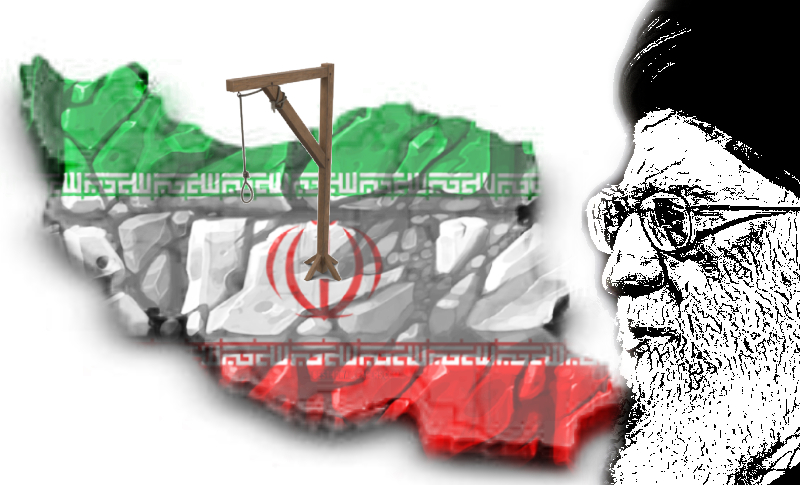
In recent months, the religious regime has increased its repression, including executions and other human rights violations. Despite the dreadful circumstances of the pandemic, which resulted in a high death toll. The National Council of Resistance of Iran (NCRI), and the People’s Mujahedin of Iran (PMOI / MEK Iran), reported that the coronavirus death toll in 543 cities surpasses 304,200. People from all walks of life took to the streets every day, and the protests reached new heights.
During the month of May, at least 127 Iranian women protested across the country, including teachers, nurses, pharmacists, students, retirees, duped clients, and families of victims of the IRGC’s downing of a Ukrainian aircraft last year. Women protested about water shortages, power outages, and house demolitions in numerous villages and regions. Farmers’ and workers’ families joined the protests as well.
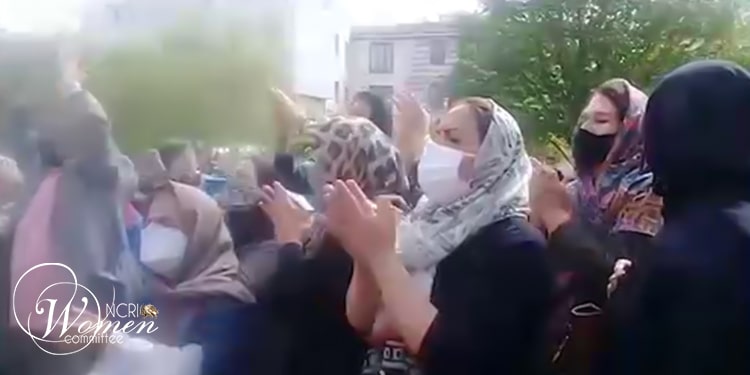
“Widespread unemployment, unprecedented socio-economic inequalities, astronomical wealth, unmatched administrative, cultural and social corruption, weakening of the people’s purchasing power and the livelihood crisis of a large part of the population, rampant addiction, unfettered growth of crimes, violence, and suicide, (the phenomena of) street women, child labor, brain drain, capital flight, and etc.,” are among the issues confronting Iranian society, as reported in the Shargh state-run paper on 8 May.
The intensification of protests by the Iranian people, who will firmly boycott the sham presidential election scheduled on June 18, is the result of the current deep crisis that is affecting Iran.

The courageous women in the resistance units keep the spirit of resistance up by placing anti-regime posters on roads and highways and writing anti-regime graffiti on walls, calling for a nationwide boycott in response to the killers of the 1,500 martyrs of the November 2019 uprising.
Reuters confirmed in a special report on December 23, 2019, about the deadly crackdown on November nationwide protests in Iran the death toll of 1500 that was announced by the People’s Mojahedin Organization of Iran (PMOI) on December 15, 2019.
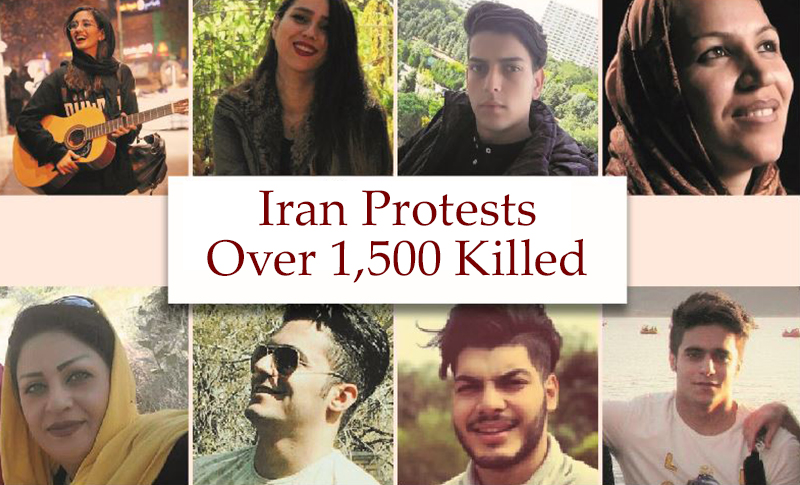
These activities were recorded in Tehran, Mashhad, Isfahan, Shiraz, Ilam, Kermanshah, Hamedan, Lahijan, Gorgan, Neyshabour, Saqqez, and other important cities.
Protesters responded to the regime’s election evident illegitimacy, reflected by the nearly ensured victory of Ebrahim Raisi, the Executioner in the 1988 massacre, and the mullahs’ supreme leader’s choice.
On Thursday, the families and mothers of the victims of the 1988 massacre assembled in Khavaran Cemetery to oppose the regime’s destruction of the location of their loved ones’ mass graves.
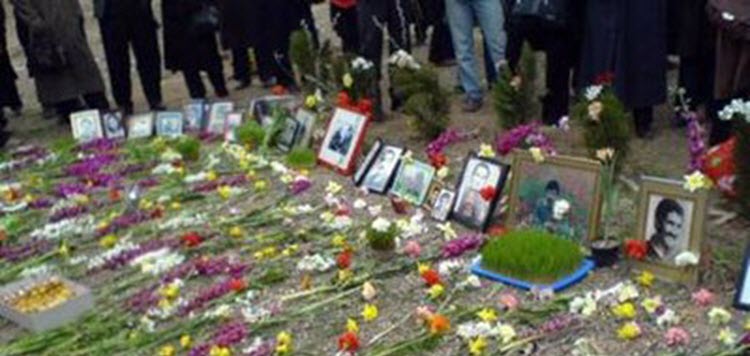
They carried signs and yelled slogans, against the regime’s judiciary chief and presidential candidate in the approaching election sham.
Raisi was a member of the Tehran Death Committee and had a key part in the massacre of 30,000 political detainees in 1988. The US has placed Raisi on a blacklist for his crimes in Iran.
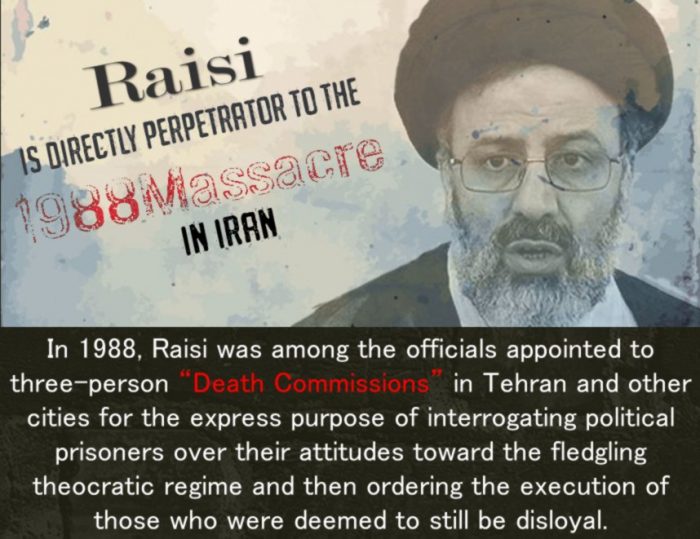
Reacting to the protests and chants of “We will vote no more,” Qassem Rezaei, the acting Commander of the State Security Force, declared, “We will deal with any seditionist who wants to disturb the peace of the system!” as per the state-run Entekhab news agency on 20 May.
After witnessing the public’s, women’s, and youth’s enraged protests in multiple successive rallies in recent years, the clerical regime leaders view their only option as crushing any dissent, as they have done for the past 42 years.
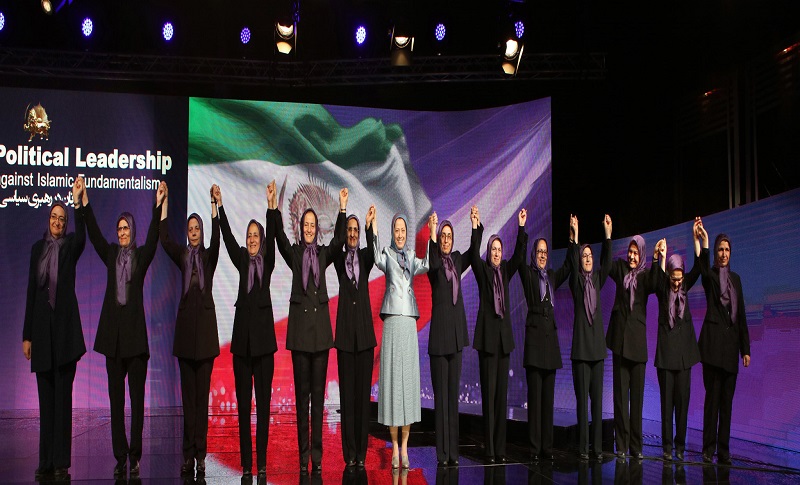
MEK Iran (follow us on Twitter and Facebook)
and People’s Mojahedin Organization of Iran – MEK IRAN – YouTube







